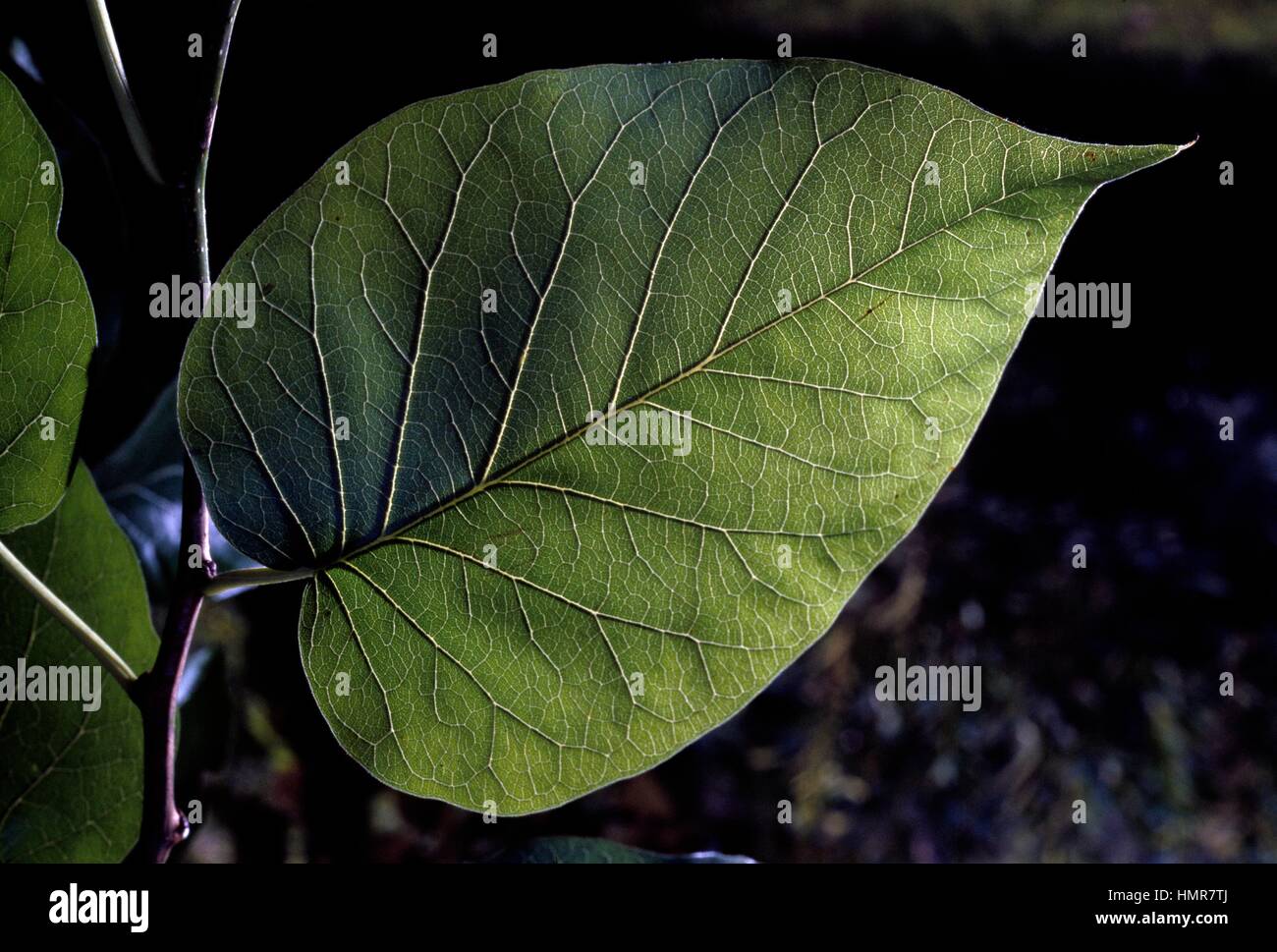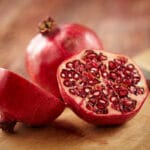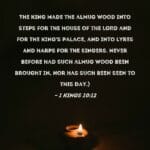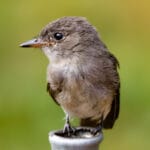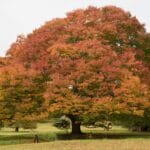Uncovering the Secrets of the Bodark Tree
You’ve probably seen the bodark tree, even if you didn’t know its name. It’s that sturdy, sometimes thorny tree with the bright green, grapefruit-sized fruit that nobody seems to eat. It goes by a few different names – Osage orange or hedge apple are a couple – but this tree has a story to tell that goes way beyond its unusual appearance.
A Legacy Rooted in History
The bodark tree is native to the southern U.S., and long ago, the Osage Nation recognized its value. “Bodark” comes from the French words for “wood of the bow,” and that’s exactly what the Osage people used it for – crafting strong, flexible bows that were essential for hunting.
https://www.lolaapp.com/This connection to the Osage tribe is also reflected in one of its other common names – Osage orange.
When pioneers began settling new lands, they needed sturdy fences to protect their livestock. The bodark, with its tough wood and thorny branches, became a natural choice for creating living fences that could withstand harsh weather and deter animals.
A Closer Look at This Tenacious Tree
A fully grown bodark tree is a sight to behold. It can reach heights of up to 65 feet, with a crown of leaves that spreads out like a giant umbrella. The bark is dark, rough, and deeply grooved, speaking to a life intertwined with the elements. And then there are those thorns – sharp reminders that this tree can hold its own.
The tree’s curious fruits, while resembling green grapefruits, are not meant for human consumption. However, they do serve as a food source for squirrels and other wildlife.
Beyond the Thorns: Versatility and Value
https://www.lolaapp.com/The bodark tree’s uses extend far beyond its historical applications. Its incredibly rot-resistant wood is prized for fence posts, furniture, tool handles, and even as a natural dye.
Farmers once used the fruit as a natural insect repellent around their homes. Today, with a renewed focus on sustainable living, the bodark is experiencing a resurgence in popularity. Its durable wood and natural pest-control properties make it an eco-friendly alternative in a world hungry for sustainability.
Scientists are even exploring whether compounds found in its fruit could have medicinal benefits. It seems like this tree still has a few surprises up its sleeve!
Low Maintenance, High Impact
One of the best things about the bodark tree is its low-maintenance nature. Give it plenty of sunshine, and it will thrive with minimal intervention. It’s adaptable to various soil conditions and grows at a moderate pace.
A Symbol of Resilience and Resourcefulness
The bodark tree is a testament to nature’s ingenuity. It’s a symbol of resilience, adaptability, and resourcefulness – qualities more important than ever in today’s world. So, the next time you come across a bodark tree, take a moment to appreciate its unique beauty and the legacy it holds. It’s a living reminder of the enduring power of nature and the interconnectedness of all living things.
What is Bodark Wood Good For? – Outperforming the Competition
Bodark wood, derived from the resilient bodark tree (also known as Osage orange), has been a prized material for centuries. But what exactly makes this wood so sought after? Let’s delve into the remarkable properties and diverse applications that make bodark wood truly exceptional.
Strength and Durability: Built to Last
https://www.lolaapp.com/One of the most notable characteristics of bodark wood is its extraordinary strength. With a Janka hardness rating of 2,620 lbf (pounds-force), it’s one of the hardest woods native to North America. This incredible density means it can withstand immense pressure and resist wear and tear like no other.
But bodark’s resilience goes beyond just hardness. It possesses a natural resistance to rot, decay, and insect infestations, thanks to the presence of a unique chemical compound called tetrahydroxystilbene. This natural preservative ensures that bodark wood can endure the elements and stand the test of time.
A Legacy of Practical Uses
This remarkable durability is why bodark wood has been a go-to material for practical applications throughout history. Native Americans, particularly the Osage tribe, recognized its strength and flexibility, crafting powerful bows from this resilient wood.
As settlers moved westward, they, too, discovered the value of bodark. They used it extensively for fence posts, taking advantage of its natural rot resistance to create barriers that could withstand decades of exposure to the elements. https://www.lolaapp.com/ This historical use is even reflected in the name “bodark” itself, which is derived from the French term “bois d’arc,” meaning “wood of the bow.”
Versatility Beyond the Fence Post
While fence posts might be one of its most well-known applications, bodark wood’s versatility extends far beyond that. Its strength and durability make it an excellent choice for a wide range of projects, including:
-
Construction and Lumber: While not as commonly used for large-scale lumber due to the tree’s relatively small size, bodark wood finds its niche in specific construction applications, such as durable treenails (wooden pegs) and unique decorative elements.
-
Specialty Uses: Bodark wood’s unique properties make it highly sought after for specialized applications. Its strength and shock resistance make it ideal for tool handles that can withstand heavy use.
Archery enthusiasts also prize bodark wood for crafting high-quality bows, much like the Osage Nation did centuries ago. -
Furniture and Crafts: The wood’s attractive yellowish hue and natural durability make it a compelling choice for furniture making and woodworking crafts. Its ability to take stains and finishes well adds to its aesthetic appeal.
-
Firewood: Bodark wood is known for its exceptional heat output and slow-burning properties, making it a favorite for firewood in some regions. However, it’s essential to be cautious when burning bodark, as it can produce intense heat and sparks.
Sustainability: A Responsible Choice
In an age where sustainability is paramount, bodark wood shines as an eco-friendly alternative to pressure-treated lumber. Its natural resistance to rot and insects eliminates the need for chemical treatments, making it a much better choice for the environment. By choosing bodark wood, you’re opting for a material that is both durable and environmentally responsible.
Challenges and Considerations
While bodark wood offers a wealth of benefits, there are a few considerations to keep in mind. Its extreme hardness, while a testament to its strength, can also make it challenging to work with. It requires sharp tools and a bit more effort than some other wood types.
Additionally, bodark wood is not as widely commercially available as other lumber options. It might require sourcing from specialized suppliers or local artisans who work with this unique wood.
Bodark Wood: A Legacy of Strength and Beauty
Bodark wood represents a captivating blend of strength, durability, and natural beauty. Its historical significance, diverse applications, and eco-friendly nature make it a material worth considering for a wide range of projects. Whether you’re a woodworker, a homeowner, or simply appreciate the remarkable qualities of natural materials, bodark wood is sure to leave a lasting impression.
How Hard is Bodark Wood? – Unveiling the Strength Within
Bodark wood has earned a reputation for its exceptional toughness, but how does it measure up when it comes to hardness? Let’s explore the science behind its legendary strength and uncover why it stands as one of the hardest woods in North America.
The Janka Hardness Test: Quantifying Toughness
The Janka hardness test is the industry standard for measuring the resistance of wood to denting and wear. It involves measuring the force required to embed a steel ball halfway into the wood’s surface. The higher the force required, the harder the wood.
Bodark wood boasts an impressive Janka hardness rating of 2,620 lbf (pounds-force). To put that into perspective, that’s roughly equivalent to the force required to hold up a small car! This exceptional rating places bodark among the hardest woods native to North America, surpassing even hickory and white oak in terms of hardness.
Strength Beyond Measure: The Science Behind the Hardness
Bodark wood’s remarkable hardness is attributed to its incredibly dense cellular structure. The fibers within the wood are tightly packed together, creating a material that is exceptionally strong and resistant to compression.
Furthermore, bodark wood contains a high percentage of lignin, a complex organic polymer that provides structural support to plants. This high lignin content contributes to its exceptional strength and rigidity.
From Bows to Fence Posts: Harnessing the Strength of Bodark
The exceptional strength of bodark wood has been recognized and utilized for centuries. Native Americans, particularly the Osage tribe, favored bodark for crafting their bows. The wood’s unique combination of strength and flexibility allowed them to create powerful bows capable of delivering arrows with remarkable force.
Settlers moving westward also recognized the value of this sturdy wood, employing it extensively for fence posts. Bodark’s natural resistance to rot and decay ensured that these posts could withstand decades of exposure to the elements, providing a reliable barrier for livestock.
Workability: Taming the Toughness
While bodark wood’s hardness is undeniable, it doesn’t necessarily translate to being difficult to work with. While it does require sharp tools and a bit more effort compared to softer woods, experienced woodworkers find it surprisingly manageable. It turns well on a lathe and readily accepts stains, glues, and finishes, adding to its versatility.
Bodark Wood: Where Strength Meets Beauty
Bodark wood’s reputation for hardness is well-deserved. Its exceptional density and strength make it a material capable of withstanding the test of time. From its historical use in bows and fence posts to its modern applications in furniture and crafts, bodark wood continues to captivate with its unique blend of strength, durability, and natural beauty.
What is another name for Bodark tree? – Exploring a Tree of Many Names
The bodark tree, known for its hardiness and distinctive fruit, goes by many names, each offering a glimpse into its unique history and regional significance. Let’s delve into the fascinating world of botanical aliases and uncover the stories behind the bodark tree’s multiple monikers.
Bodark: A Name Rooted in History
The name “bodark” itself is a testament to the tree’s historical importance. It’s a derivative of the French phrase “bois d’arc,” meaning “wood of the bow.” This name harks back to the tree’s significance to Native Americans, particularly the Osage tribe, who prized its strong and flexible wood for crafting bows.
Osage Orange: A Nod to the Osage Nation
Perhaps the most widely recognized alternative name for the bodark tree is “Osage orange.” This moniker pays homage to the Osage Native American tribe and the tree’s fruit, which bears a resemblance to an orange, albeit a large and inedible one.
Hedge Apple: A Descriptive Alias
Another common name for the bodark tree is “hedge apple.” This descriptive moniker aptly reflects the tree’s use in creating hedgerows, thanks to its thorny branches and dense growth habit. The large, round fruits produced by the tree further solidify this association.
Horse Apple: A Name of Uncertain Origins
The bodark tree is also sometimes referred to as the “horse apple” tree. While the exact origins of this name are uncertain, some speculate that it might be related to the fruit’s size, which could be perceived as large enough for a horse to consume. However, it’s essential to note that the fruit is not a preferred food source for horses or most other animals.
More Than Just a Name: A Tree of Many Stories
The bodark tree’s diverse range of names is a testament to its rich history and widespread significance. From its use in crafting bows by Native Americans to its role as a natural fence line for settlers, the bodark tree has left an undeniable mark on the landscape and culture of North America.
So, the next time you encounter this distinctive tree, remember that it’s not just a bodark – it’s an Osage orange, a hedge apple, a horse apple, and a living testament to the enduring power of nature and the stories we tell about the world around us.
- Jerry McSorley’s Post-Divorce Life: New Beginnings - July 16, 2025
- The Rise and Fall of the New Haven Nighthawks: A Minor League Hockey Legacy - July 16, 2025
- Unlock Jerry McSorley’s Career Highlights: Eye Tax Inc.’s Solar Success - July 16, 2025
